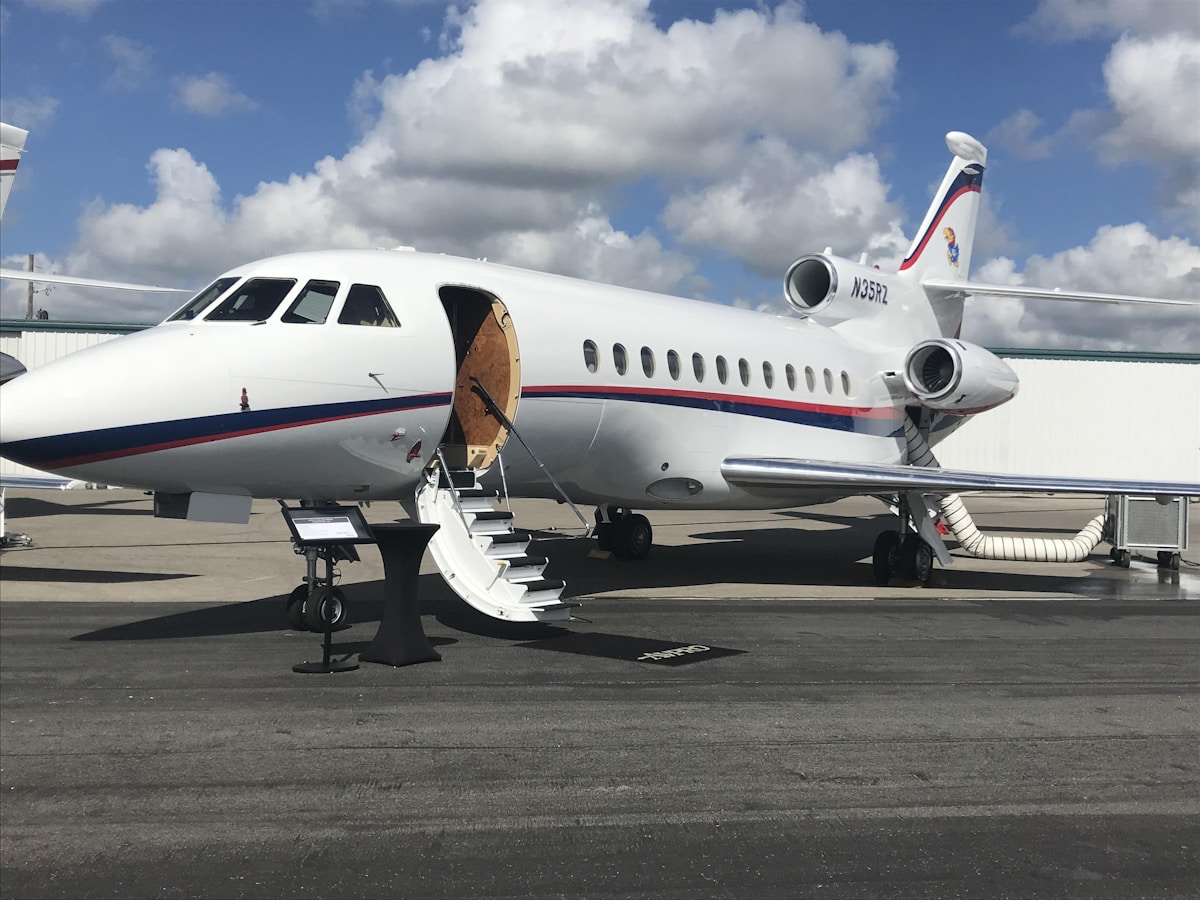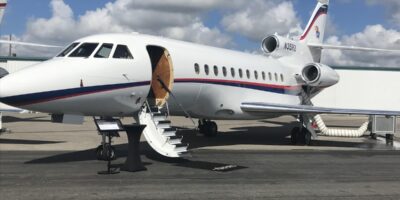Hopper Flights
Hopper Flights
Hopper flights are short-haul flights often used for quick travel between cities. Travelers prefer them for various reasons including convenience, time-saving, and cost-efficiency. The increasing need for rapid and efficient transportation has led to the rise in popularity of these flights.

Definition and Characteristics of Hopper Flights
Hopper flights typically cover routes that last less than three hours. They are designed to connect smaller regional airports with major hub cities. These flights are usually operated by regional airlines but major carriers also offer them as part of their route networks.
The aircraft used for hopper flights are smaller, often regional jets or turboprops. Such planes are designed to handle shorter runways and quicker turnarounds. This feature is particularly beneficial for flight schedules involving multiple daily round trips.
Advantages of Hopper Flights
Hopper flights offer significant advantages. They reduce travel time considerably compared to other modes of transport. This is particularly true in regions where road or rail travel would take significantly longer.
Travelers can save on costs. Airlines often price hopper flights competitively. This affordability makes them attractive to both business and leisure travelers. The flexibility these flights offer is also a major benefit. With multiple flights per day, travelers have a wide range of departure and arrival times to choose from.
Economic Impact
Hopper flights have a notable economic impact on regional airports and local economies. They help smaller airports stay operational and profitable. The increased traffic can lead to more job opportunities and secondary revenue streams such as retail and parking services.
Moreover, they enhance business connectivity. Companies can maintain efficient operations by facilitating quick travel between regional offices or sites. This can contribute to the economic development of smaller cities and towns.
Environmental Considerations
There are environmental impacts to consider with hopper flights. Short-haul flights can contribute to higher per-passenger emissions due to the fuel-intensive nature of takeoffs and landings. However, innovations in aircraft technology are addressing this issue.
More efficient engines and the development of electric and hybrid aircraft are promising solutions. Airlines are also working on optimizing flight paths and improving operational efficiency to minimize environmental footprints. Passengers can contribute by choosing airlines committed to sustainability.
Technological Advances
Technological advancements are continually improving the efficiency and convenience of hopper flights. Innovations like online check-in, mobile boarding passes, and real-time flight tracking are enhancing the traveler experience.
Airlines are investing in newer, more efficient aircraft. These planes offer better fuel economy and reduced noise levels. Modern aircraft are also more comfortable, providing passengers with a better overall travel experience.
Airport Operations
Efficient airport operations are crucial for the success of hopper flights. Quick turnaround times are essential to maintain schedules and ensure profitability. Smaller aircraft used in hopper flights help achieve this goal thanks to their easier handling and faster ground operations.
Many regional airports have optimized their facilities to handle the unique requirements of hopper flights. This includes streamlined security procedures and gate operations. Enhanced baggage handling systems also contribute to the efficient running of these flights.
Safety Protocols
Safety is paramount in aviation, and hopper flights adhere to stringent protocols. The smaller aircraft used in these flights undergo rigorous maintenance checks. Pilots and crew are well-trained to handle the specific demands of frequent, short-haul operations.
Airports servicing hopper flights also implement comprehensive safety measures. These include regular runway inspections and emergency response preparedness. Passengers can be confident in the safety of hopper flights due to these stringent standards.
Passenger Experience
Passenger experience on hopper flights can be quite different from long-haul travel. Boarding and disembarking are generally quicker due to the smaller number of passengers. The short duration of the flights means less in-flight service but also less time spent in the air.
Comfort has improved over the years. Newer aircraft offer better seating arrangements and amenities. Snacks and beverages are often available even on these brief journeys, adding to passenger comfort.
Popular Routes
Several popular routes highlight the demand for hopper flights. In the United States, routes like Los Angeles to San Francisco or Boston to New York are prime examples. These routes cater to both business and leisure travelers.
In Europe, routes like London to Paris or Berlin to Frankfurt are notable. Asia also has significant hopper flight routes such as Bangkok to Chiang Mai and Tokyo to Osaka. These routes facilitate regional connectivity and tourism.
Booking and Availability
Booking hopper flights is simple and convenient. Most airlines offer these flights on their websites or through mobile apps. Travel agencies also list these flights, providing travelers with numerous options.
The availability of multiple daily flights on popular routes offers flexibility. Last-minute bookings are often possible, making them a viable option for urgent travel needs. Frequent flyer programs usually include hopper flights, offering additional benefits to regular travelers.
Recommended Aviation Gear
David Clark H10-13.4 Aviation Headset – $376.95
The industry standard for aviation headsets.
Pilots Handbook of Aeronautical Knowledge – $25.42
Essential FAA handbook for every pilot.
As an Amazon Associate, we earn from qualifying purchases.




Subscribe for Updates
Get the latest articles delivered to your inbox.
We respect your privacy. Unsubscribe anytime.